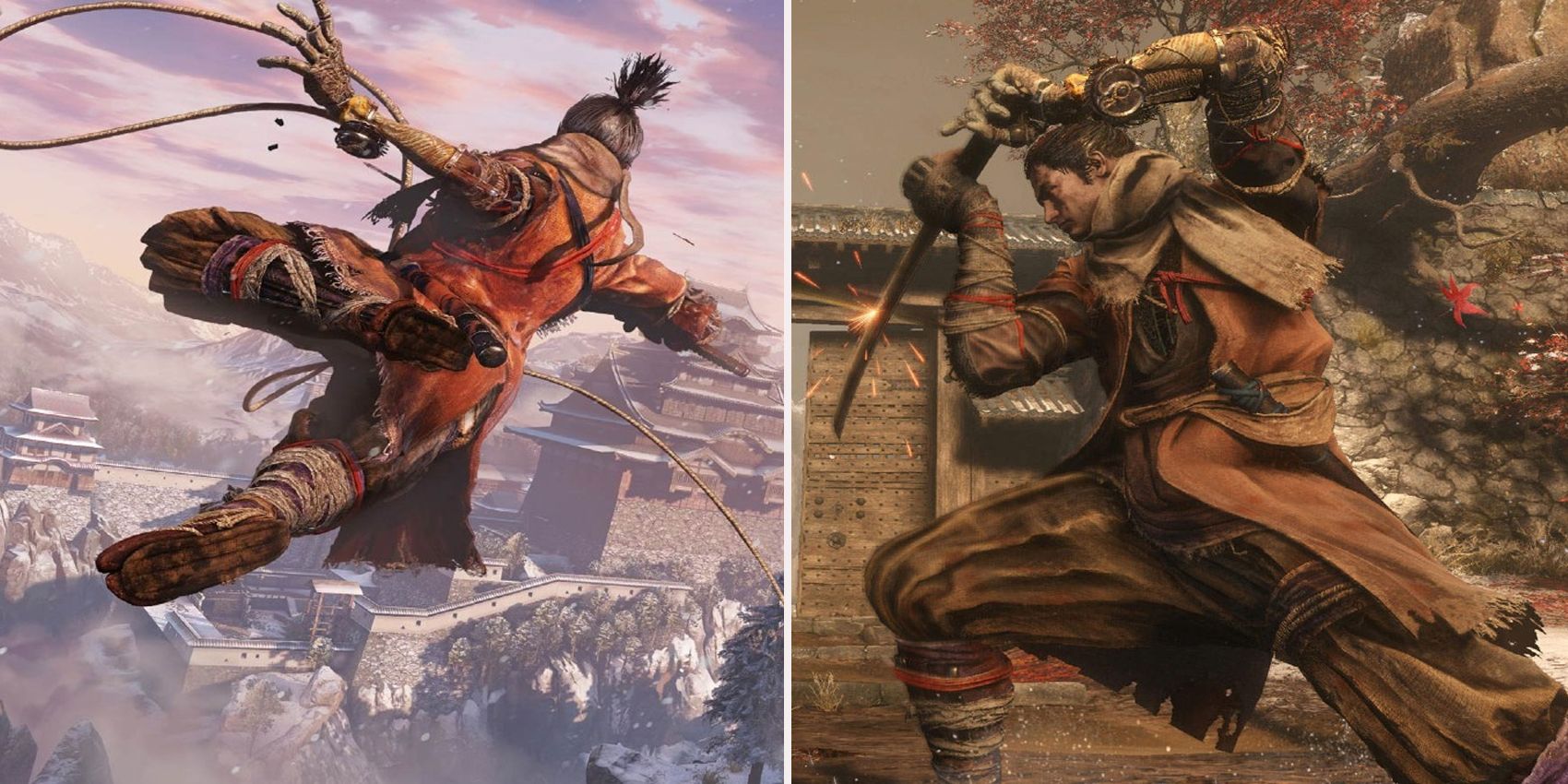
Sekiro: Shadows Die Twice is a game with gameplay as deep as its lore even though it might seem like a hack and slash on the surface. The combat and game mechanics of Sekiro set it apart from FromSoftware's other games like Dark Souls and Bloodborne, while building off of them as well.
RELATED: 15 Best Sekiro Bosses Ranked By Most Satisfying To Beat
That said, there are tons of little (and big) details the game doesn't outright share with the player,r which can make certain things more difficult than they should be. A lot of these details were found by players independently of the game or were included from older FromSoftware games. Either way, these secrets could get anybody out of a tight spot if they keep them in mind.
10 Mibu Balloons
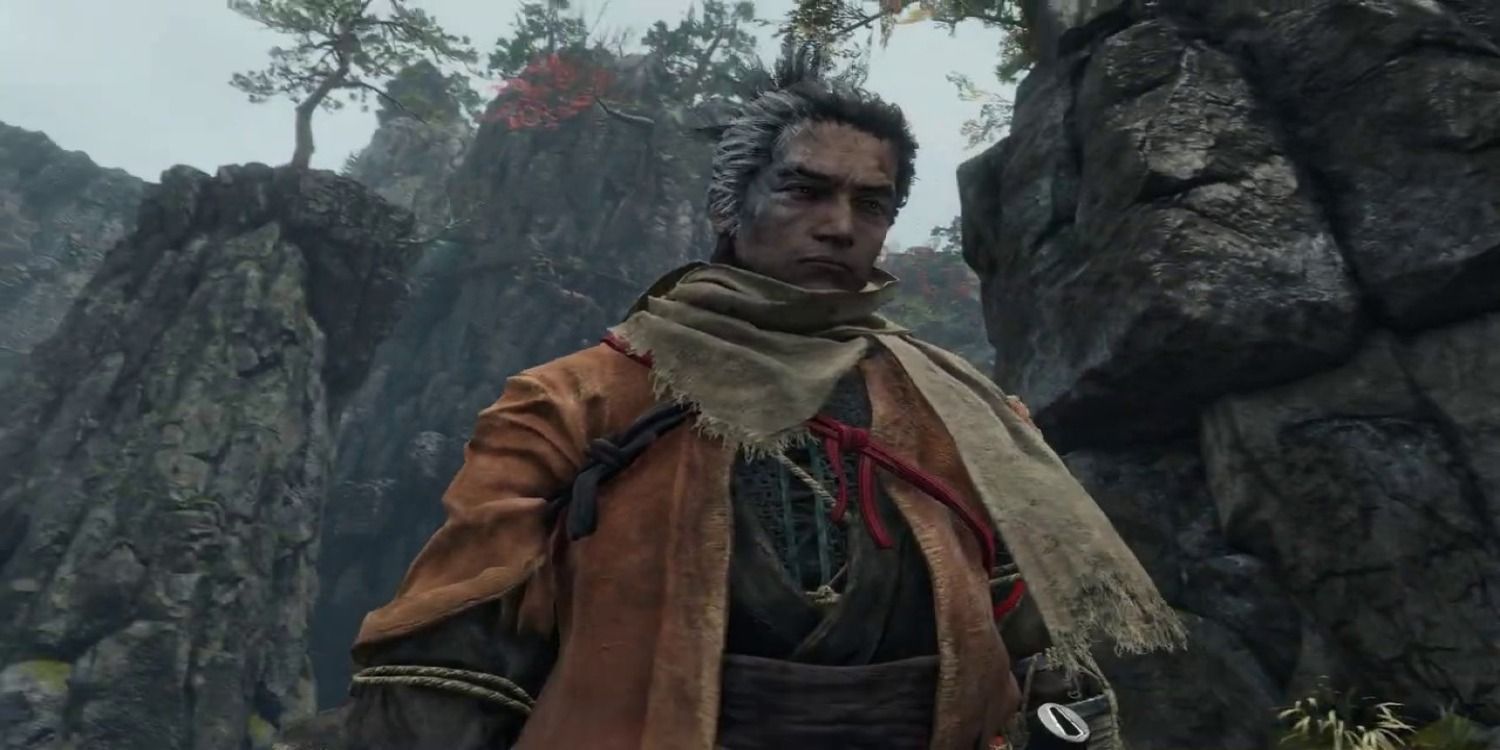
There comes a point in almost every player's playthrough of Sekiro when they get stuck. This could be because of difficulty, low level, depleted consumables, or whatever other reason. When this happens, it might be time to grind and gather some more strength before attempting that part of the game again.
In Sekiro, there's a bunch of areas with large groups of enemies clumped together that can be stealth killed quickly and farmed for items and experience. Players should go to these areas and clear them of enemies without picking up any of the loot. After the enemies are defeated, use a Mibu Balloon of Wealth to get more money and experience. Players can also use a possession balloon beforehand to improve the chances of item drops.
9 Must-Have Skills
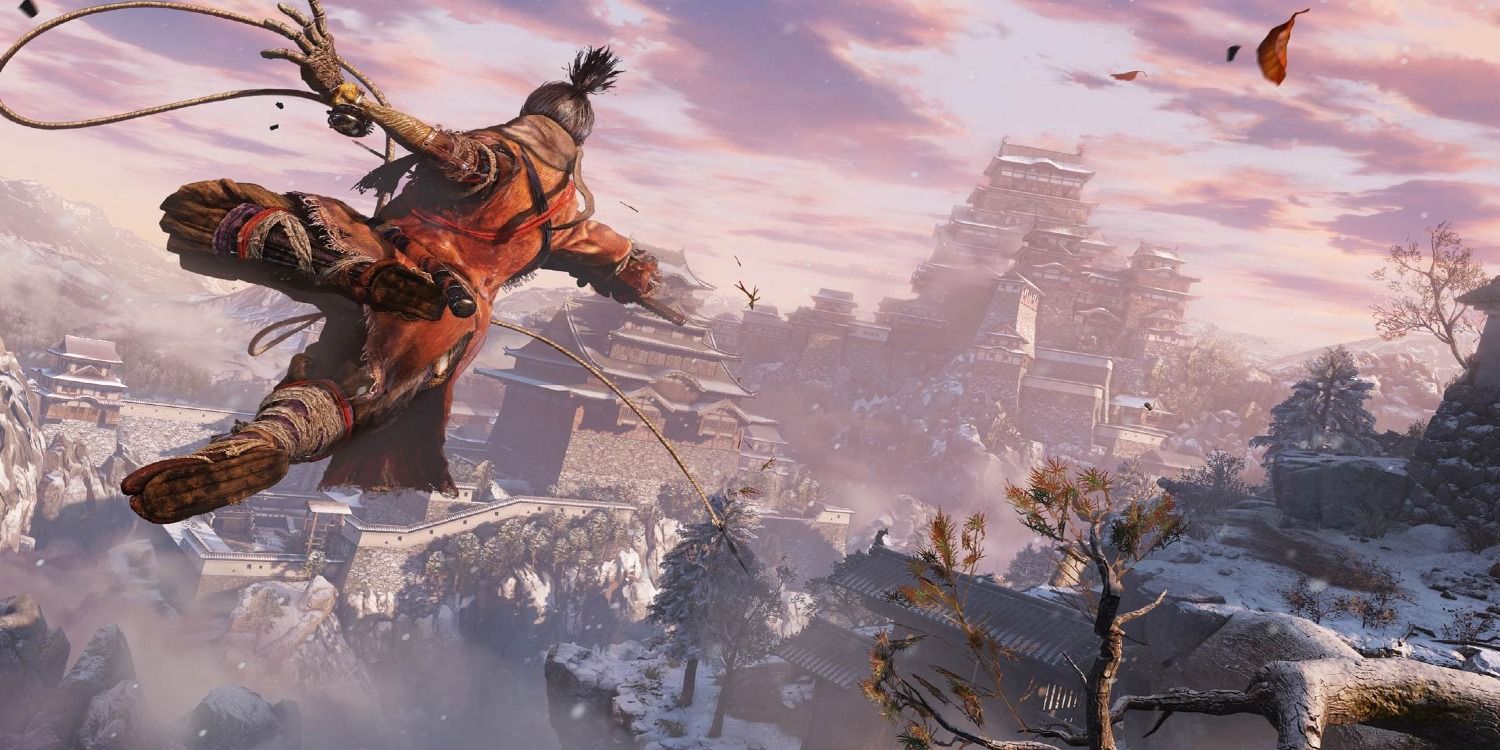
Enemies of Sekiro have diverse movesets that vary by enemy type, and they all have their perspective counters that players can utilize to defeat them. What the game doesn't tell you is that some of the best counters in the game are locked behind skills in the shinobi and prosthetic arts.
RELATED: Sekiro: 10 Things You Need To Know About The Gauntlet Of Strength
A great example is the Mikiri Counter. Players should learn this skill as soon as possible and get accustomed to using it. The Mikiri Counter allows players to counter thrust attacks, which aren't susceptible to parries. Another must-have is the following slice which makes prosthetic projectiles extra powerful in combos. Having these skills can make or break a lot of runs, and it's imperative to at least have them in play.
8 Using Movement For Fights
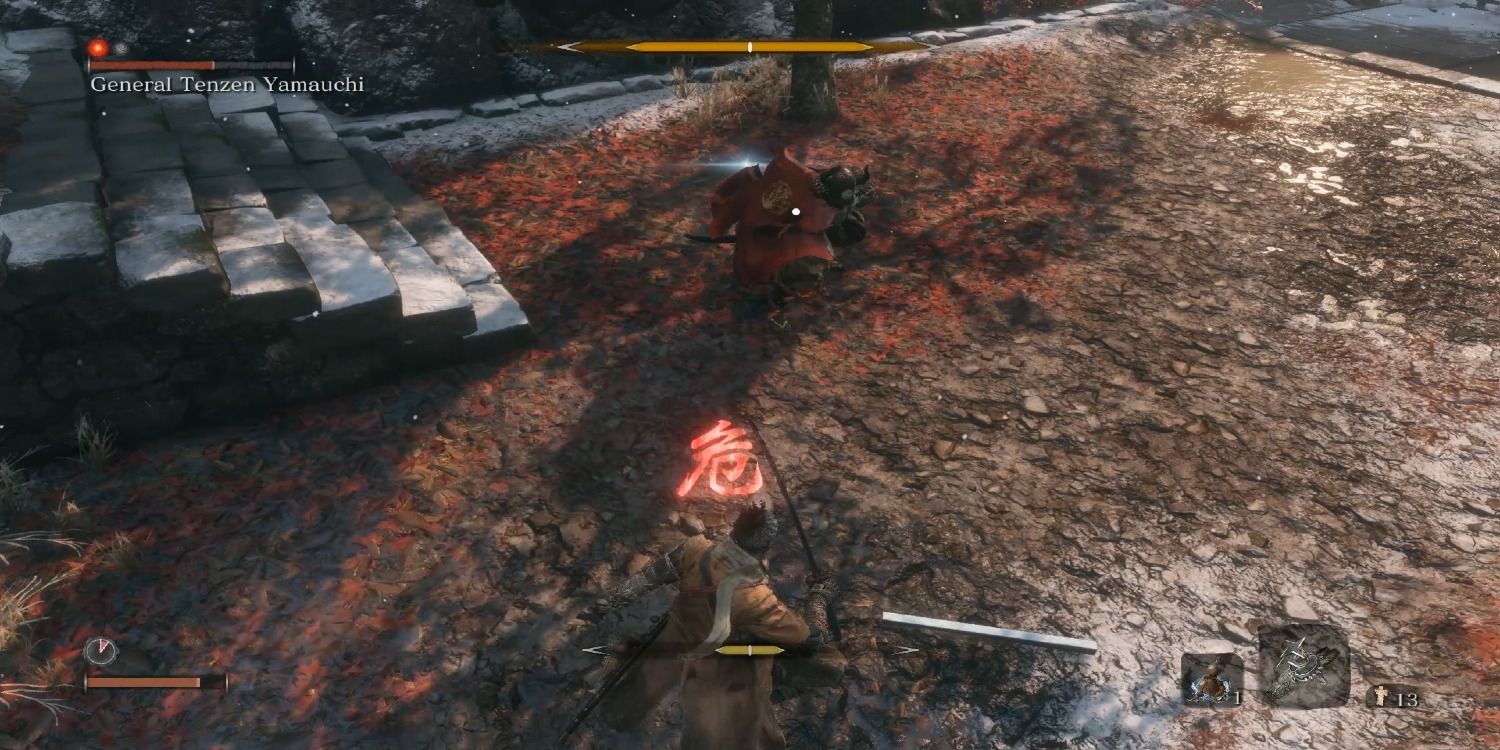
A great way to avoid unblockable sweep attacks is to jump away, putting distance between the character and the enemy. An even better way to avoid them is to jump towards the enemy! This is because when players jump over a sweep, enemies are vulnerable to posture damage if the player double jumps off of them and follows up with a combo.
For enemies with polearms and long reach, this is a fantastic counter that the game doesn't make overtly clear. The best defense is a strong offense in Sekiro, and this technique is a perfect example of that since it involves staying close and punishing rather than running away and working back in.
7 Perilous Attacks
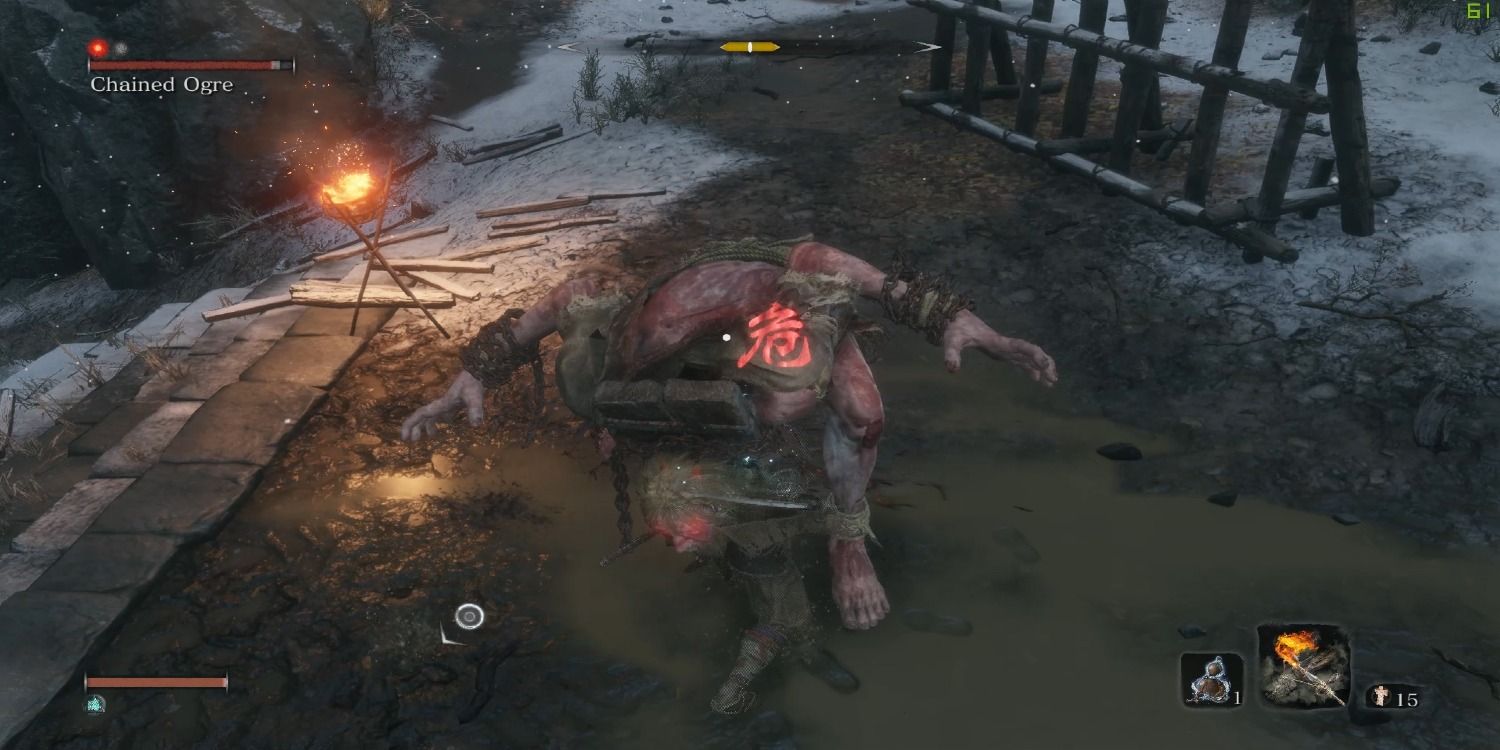
When an enemy starts a move that can't be parried, red characters appear over their head indicating that the move can't be parried. These moves include low sweeping attacks, thrusts, and grabs. For players who can't read Japanese, the red characters might all look the same but what the game doesn't tell you is that they're not.
Each attack actually has a different character associated with it which further helps players distinguish what kind of attack is coming. It takes some time to adjust to what warning appears, but if players can do that, a lot of bosses become easier to defeat since they give away their attack plans.
6 Make Solid Investments
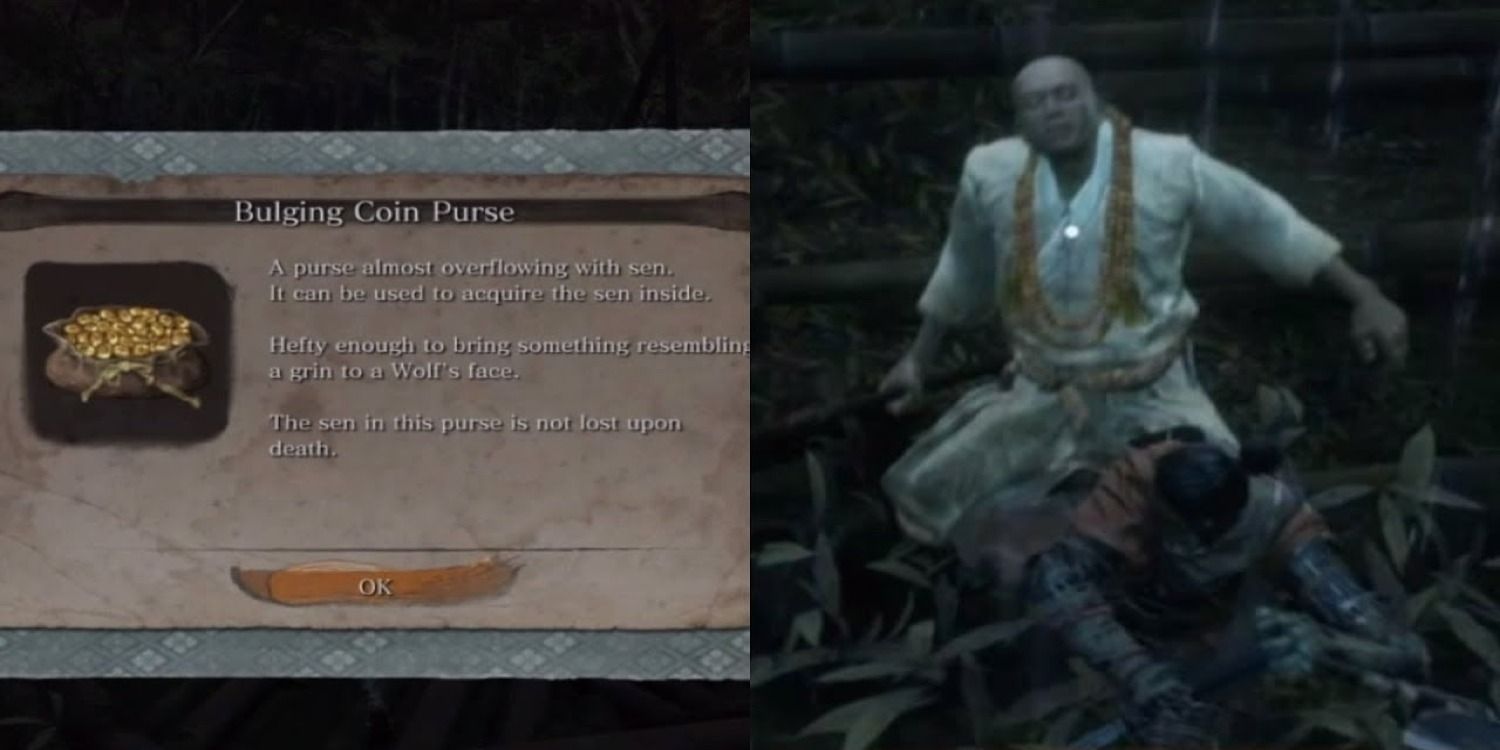
Coin Purses in Sekiro work a lot like consumable souls in the Dark Souls series. This means they're great for saving money in the long run, even if players die and lose their money. Merchants all over Ashina sell coin purses of various sizes in the shops, which means players can buy money with money.
RELATED: Sekiro: Shadows Die Twice: 10 Things You Need To Know About Isshin, The Sword Saint
After farming an area, buy a few Coin Purses to protect that money in the case of death, and it'll be accessible whenever needed. This mechanic is fantastic for newer players who might think the death penalty is a bit harsh. It also works for veterans who know the risks of going into unknown territory with pockets bursting with coin.
5 Quick Draw Items
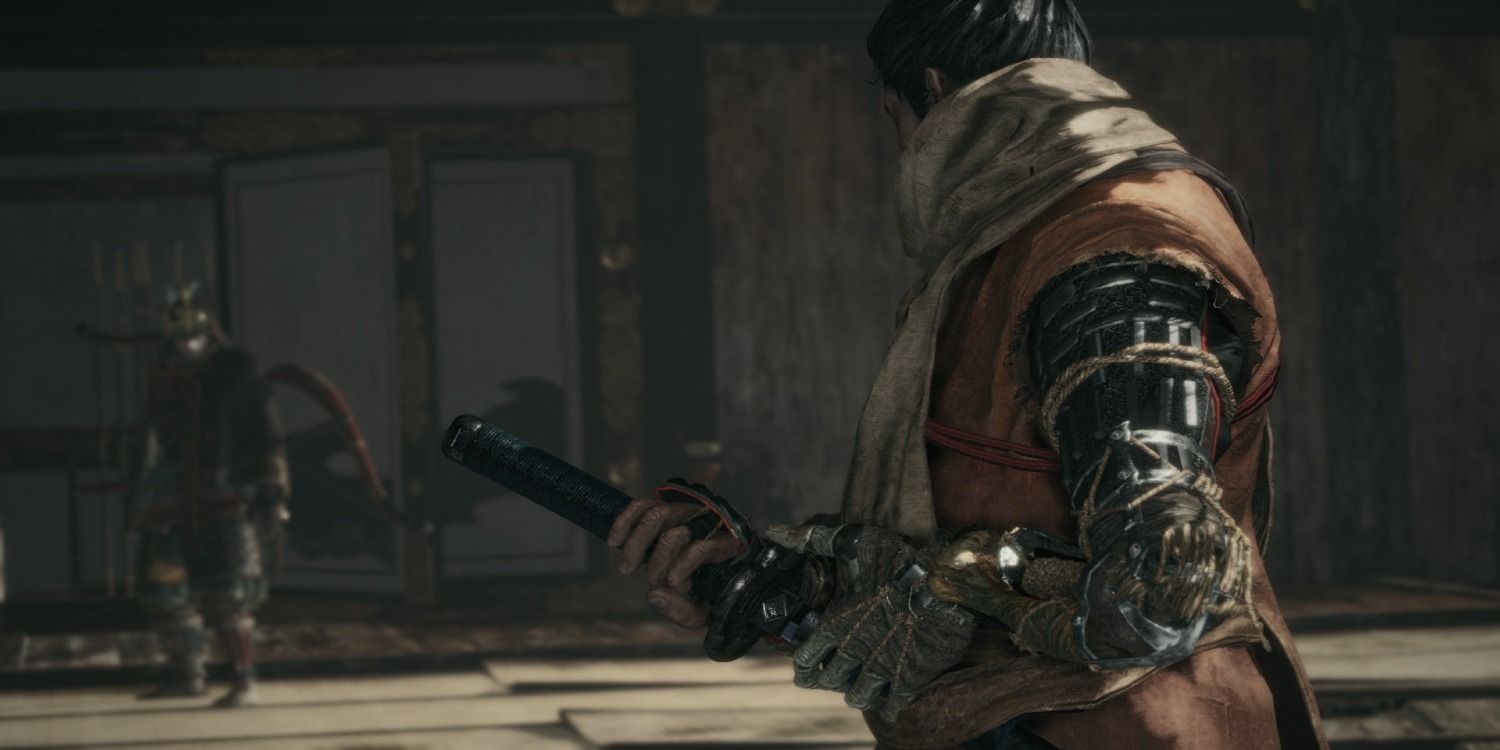
Dark Souls as a series had a number of secret mechanics the developers never told fans, even if they were extremely useful. One example of these mechanics was the hot bar technique which allowed players to instantly select one of their equipped consumable items.
Players can hold a button down on the D-Pad to instantly select the first equipped item on their hot bar. Knowing this makes it easier to equip multiple items in the hot bar without the fear of it becoming cluttered and difficult to find the healing gourds. It's wild to think the game never mentions this since it is such useful information.
4 Offense Heavy Mechanics
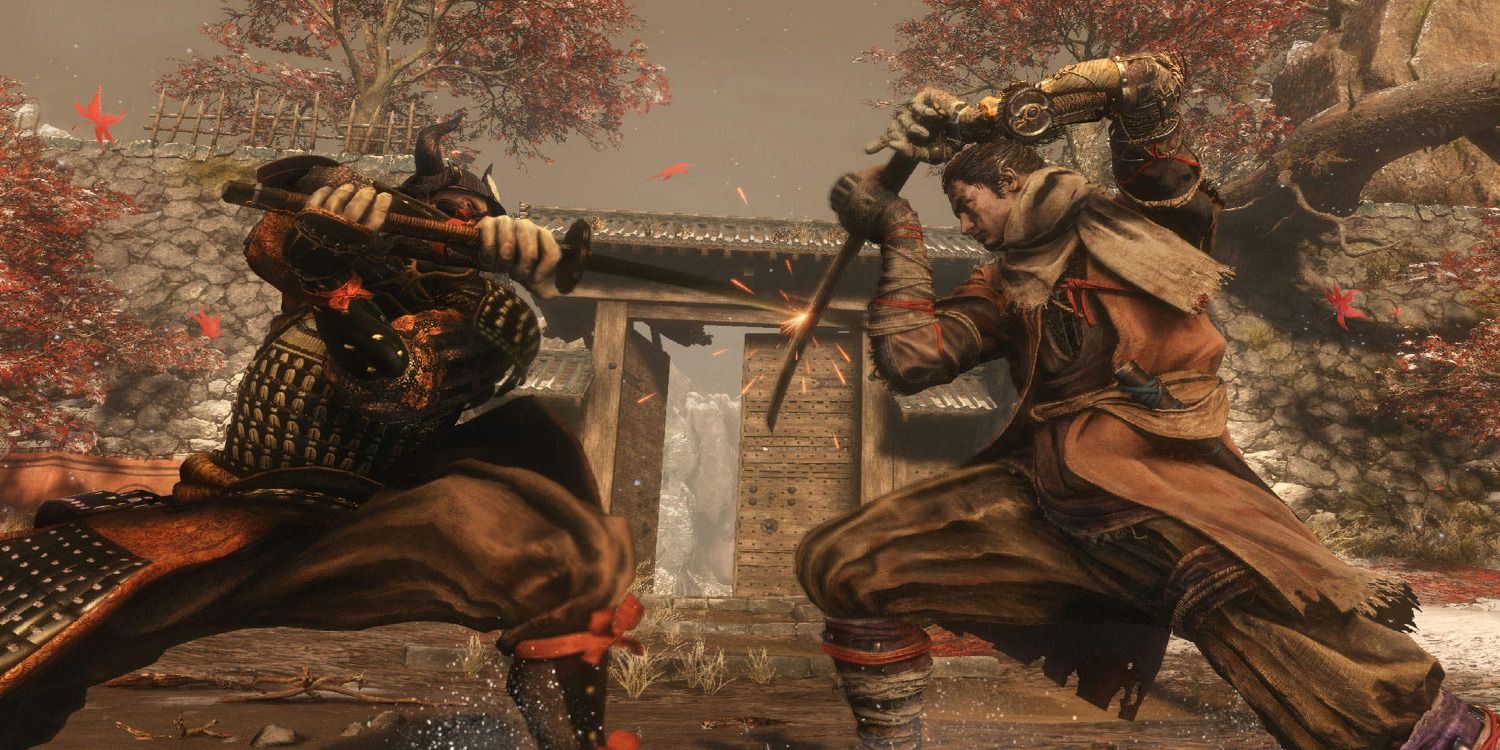
For players adventuring into the world of Sekiro for the first time, or as veteran Dark Souls players, the biggest challenge is learning to have less fear. In the Souls series, enemies can whittle down a player's stamina by making them block or dodge, meaning that they have to weigh offense with defense and manage stamina the whole time.
Sekiro doesn't force that juggling game on the player since there is no stamina bar. Players can attack relentlessly and dodge for as long as they want without suffering any drawbacks. FromSoftware wants Sekiro players to be on full offensive at all times, only making time for defense to counter their opponent. Attack animations can even be canceled into blocks and parries, so there's little reason to not spam attacks when given the chance.
3 Recharging Posture
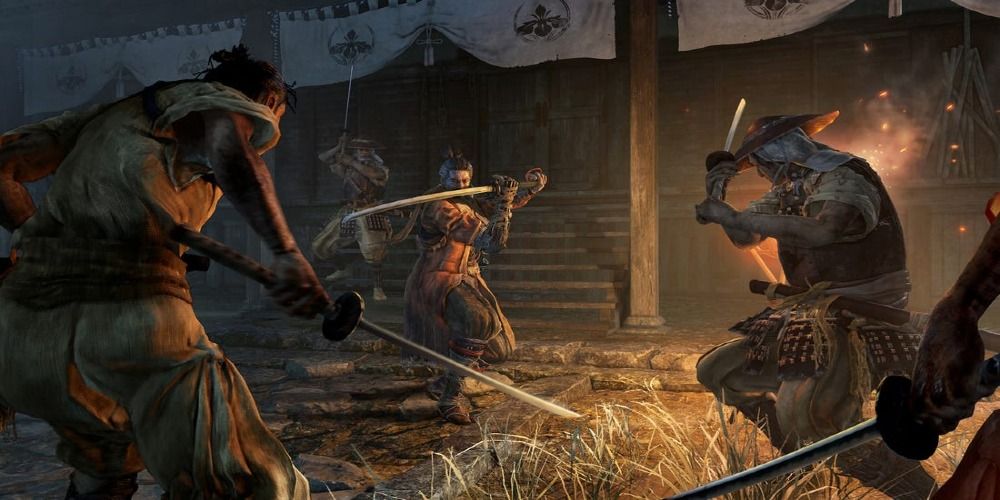
Another system change from the Souls series to Sekiro is the change from stamina to posture. The posture bar indicates how long a player can block before their guard is broken and they become open to attacks from the enemy. Managing the posture bar consists of parrying attacks at the right time to reduce posture damage, and dodging when the enemy leaves a gap.
RELATED: 5 Reasons Why Sekiro Is Better Than Ninja Gaiden (& 5 Why It Isn't)
Sekiro never mentions that the posture bar actually refills twice as quickly when a player's guard is up. This is the opposite of how stamina recovery works in Dark Souls so it's not an intuitive change to most players. Once players realize this though, guarding becomes a valuable resource to replenish posture faster when there's distance between their character and the enemy.
2 Flurry Attacks
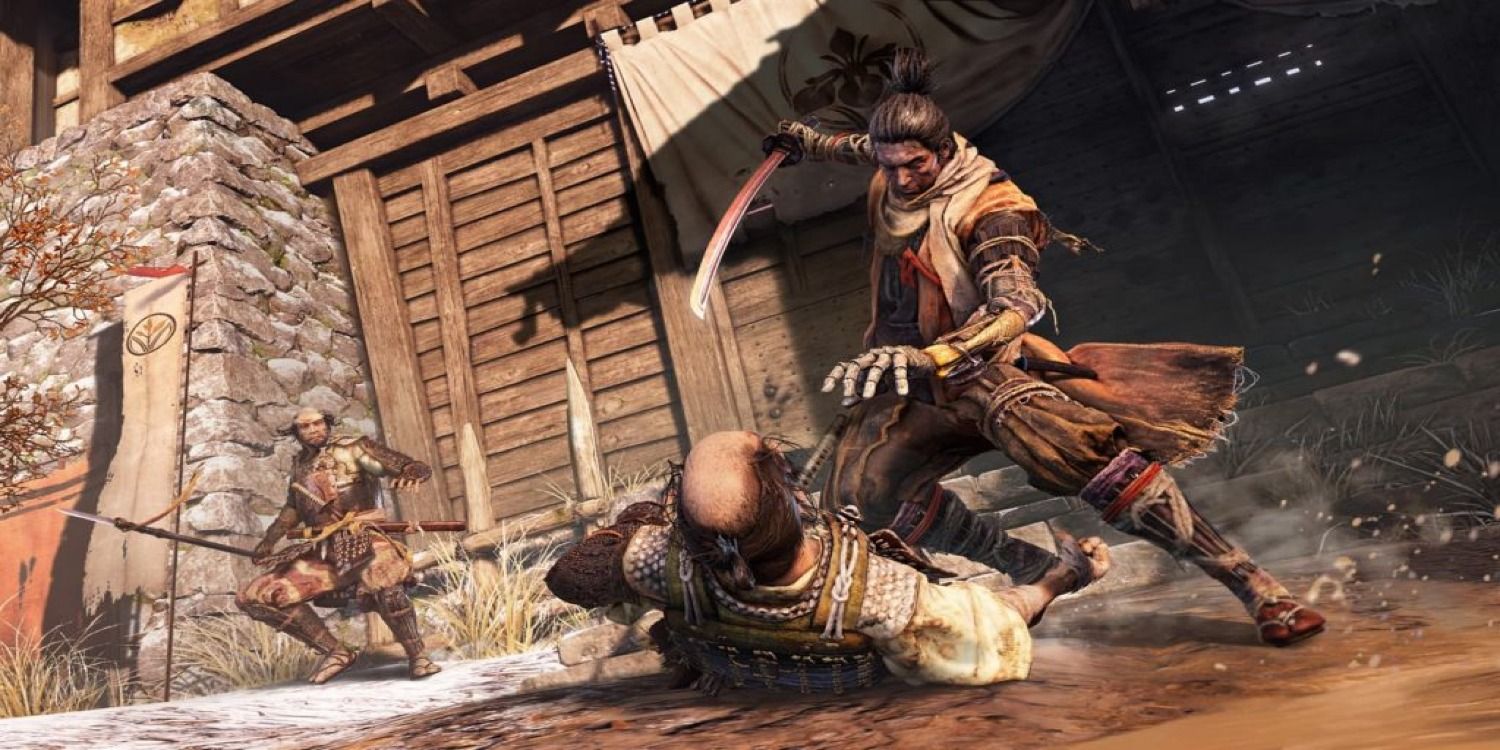
In Sekiro, there are enemies that like to spam attacks and unleash long combos on the player, whether they're blocked or not. Blocking these long combos is not recommended since they do a lot of posture damage and leave the player open for a critical strike. The obvious answer is to try to deflect the attacks since that breaks the enemy's posture and can end the fight in one or two blows.
Enemies who use flurry attacks actually take more posture damage than normal because the game rewards players who can use successive parry attacks. That means the more parries landed in a row, the more posture damage an enemy will take, and the quicker the battle will be over.
1 Enemies Can Parry You Too
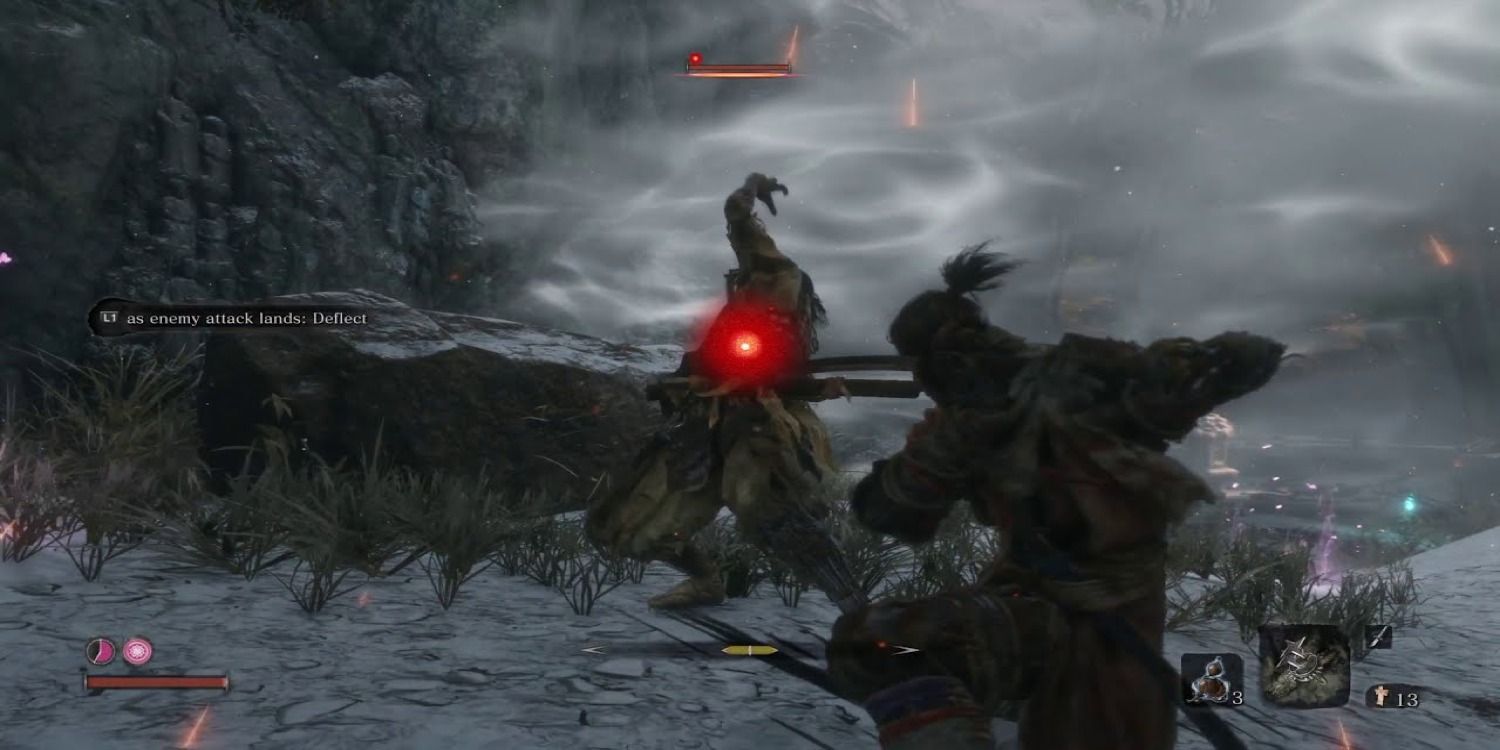
Pretty often, players will come across a sword-wielding enemy that plays a good bit of defense. These enemies have access to the same deflect system, including perfectly timed deflections. The game doesn't outwardly express this, but it's shown by the specific deflection sound and orange flash.
The implications of an enemy hitting the player with a perfect deflect is that it resets the player's combo count. Each successive attack in a combo is faster than the first but when an enemy resets the count, the first attack comes out again, and is slower than the strike the player might've been looking for. Enemies can use this timing to counterattack, and they usually will. If that happens, just guard cancel the next strike and deflect them for a critical hit.
NEXT: 5 Ways Ghost Of Tsushima Is The Best Souls-Like Game (& 5 Why It's Still Sekiro)

